- 全部删除
 您的购物车当前为空
您的购物车当前为空
PtdIns-(3,4,5)-P3 (1,2-dihexanoyl) (ammonium salt)
The phosphatidylinositol (PtdIns) phosphates represent a small percentage of total membrane phospholipids. However, they play a critical role in the generation and transmission of cellular signals. PtdIns-(3,4,5)-P3, also known as PIP3, is resistant to cleavage by PI-specific phospholipase C (PLC). Thus, it is likely to function in signal transduction as a modulator in its own right, rather than as a source of inositol tetraphosphates. PIP3 can serve as an anchor for the binding of signal transduction proteins bearing pleckstrin homology (PH) domains. Protein binding to PIP3 is important for cytoskeletal rearrangement and membrane trafficking. PtdIns-(3,4,5)-P3 (1,2-dihexanoyl) is a synthetic analog of natural PIP3 with C6:0 fatty acids at the sn-1 and sn-2 positions. The compound features the same inositol and diacylglycerol (DAG) stereochemistry as that of the natural compound. The short fatty acid chains of this analog give it different physical properties from naturally-occurring PIP3, including higher solubility in aqueous media.

PtdIns-(3,4,5)-P3 (1,2-dihexanoyl) (ammonium salt)
The phosphatidylinositol (PtdIns) phosphates represent a small percentage of total membrane phospholipids. However, they play a critical role in the generation and transmission of cellular signals. PtdIns-(3,4,5)-P3, also known as PIP3, is resistant to cleavage by PI-specific phospholipase C (PLC). Thus, it is likely to function in signal transduction as a modulator in its own right, rather than as a source of inositol tetraphosphates. PIP3 can serve as an anchor for the binding of signal transduction proteins bearing pleckstrin homology (PH) domains. Protein binding to PIP3 is important for cytoskeletal rearrangement and membrane trafficking. PtdIns-(3,4,5)-P3 (1,2-dihexanoyl) is a synthetic analog of natural PIP3 with C6:0 fatty acids at the sn-1 and sn-2 positions. The compound features the same inositol and diacylglycerol (DAG) stereochemistry as that of the natural compound. The short fatty acid chains of this analog give it different physical properties from naturally-occurring PIP3, including higher solubility in aqueous media.
| 规格 | 价格 | 库存 | 数量 |
|---|---|---|---|
| 100 μg | 待估 | 35日内发货 | |
| 500 μg | 待估 | 35日内发货 | |
| 1 mg | 待估 | 35日内发货 |
PtdIns-(3,4,5)-P3 (1,2-dihexanoyl) (ammonium salt) 相关产品
产品介绍
| 产品描述 | The phosphatidylinositol (PtdIns) phosphates represent a small percentage of total membrane phospholipids. However, they play a critical role in the generation and transmission of cellular signals. PtdIns-(3,4,5)-P3, also known as PIP3, is resistant to cleavage by PI-specific phospholipase C (PLC). Thus, it is likely to function in signal transduction as a modulator in its own right, rather than as a source of inositol tetraphosphates. PIP3 can serve as an anchor for the binding of signal transduction proteins bearing pleckstrin homology (PH) domains. Protein binding to PIP3 is important for cytoskeletal rearrangement and membrane trafficking. PtdIns-(3,4,5)-P3 (1,2-dihexanoyl) is a synthetic analog of natural PIP3 with C6:0 fatty acids at the sn-1 and sn-2 positions. The compound features the same inositol and diacylglycerol (DAG) stereochemistry as that of the natural compound. The short fatty acid chains of this analog give it different physical properties from naturally-occurring PIP3, including higher solubility in aqueous media. |
| 别名 | PtdIns-(3,4,5)-P3 (1,2-dihexanoyl) (ammonium salt) |
| 分子量 | 787.471 |
| 分子式 | C21H45NO22P4 |
| CAS No. | 799268-62-5 |
| 密度 | no data available |
| 存储 | Powder: -20°C for 3 years | In solvent: -80°C for 1 year | Shipping with blue ice/Shipping at ambient temperature. | ||||||||||||||||||||
| 溶解度信息 | H2O: 10 mg/mL (12.7 mM), Sonication is recommended. | ||||||||||||||||||||
溶液配制表 | |||||||||||||||||||||
H2O
| |||||||||||||||||||||
计算器
体内实验配液计算器
以上为“体内实验配液计算器”的使用方法举例,并不是具体某个化合物的推荐配制方式,请根据您的实验动物和给药方式选择适当的溶解方案。











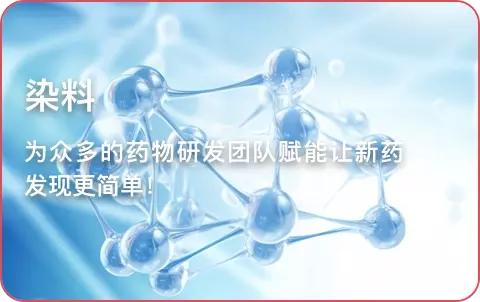





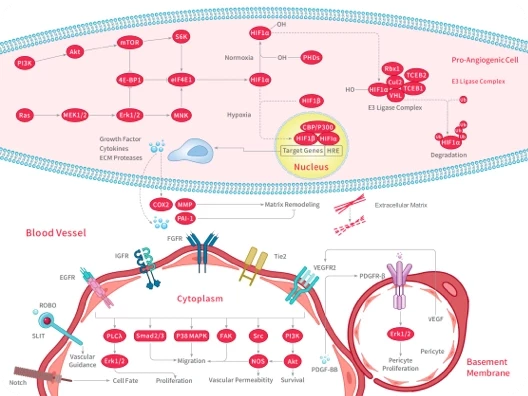

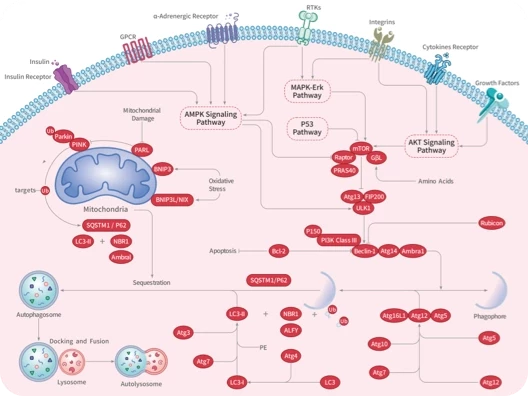

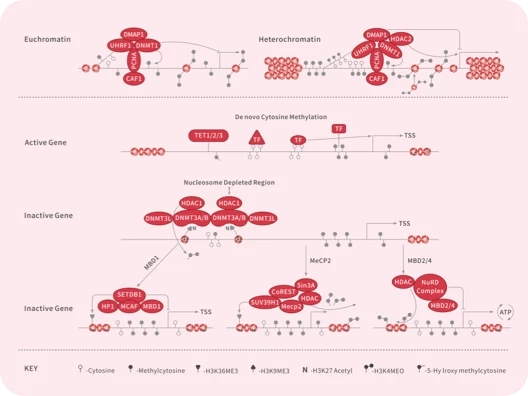
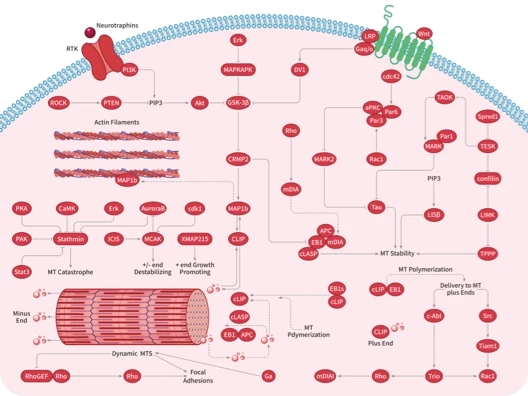
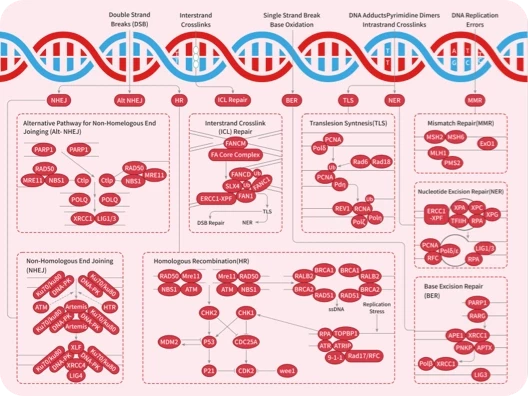
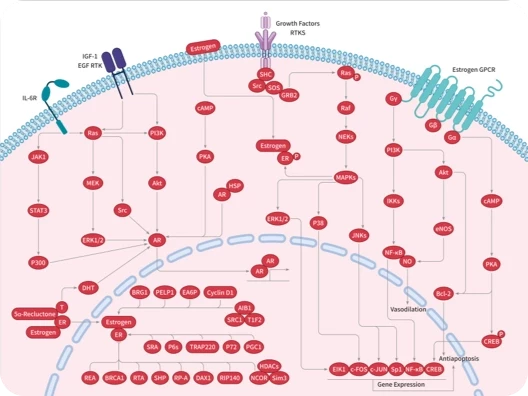
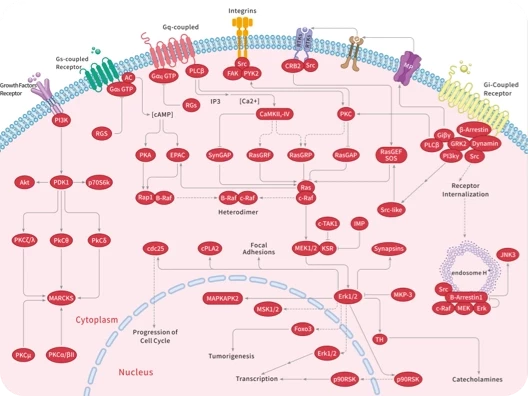
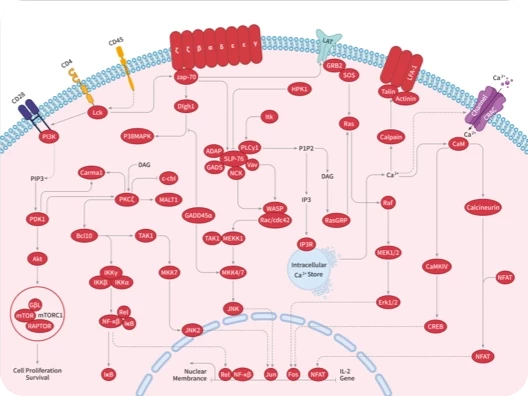
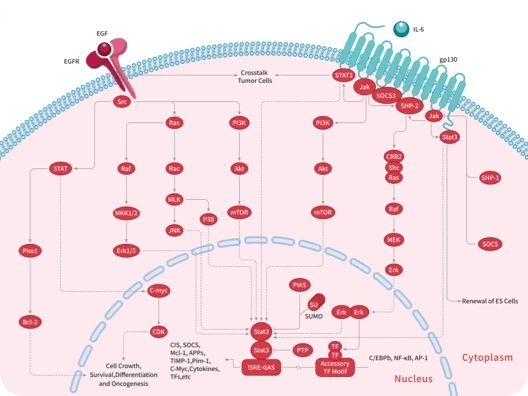
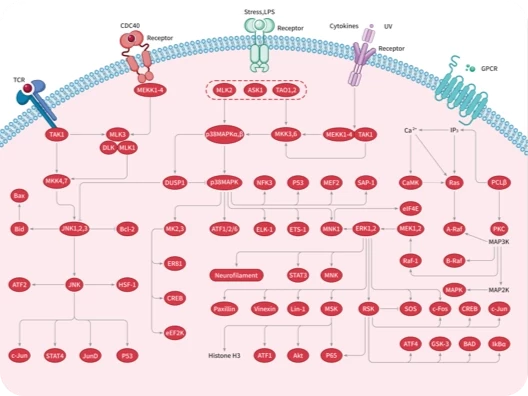
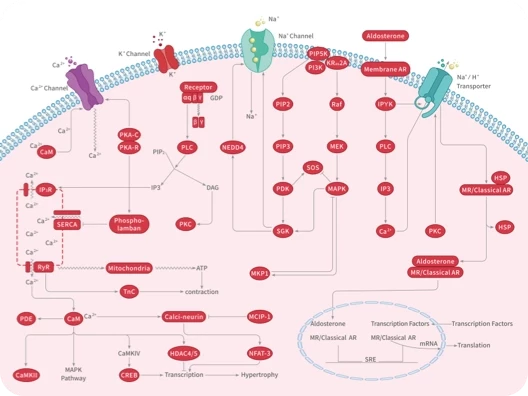
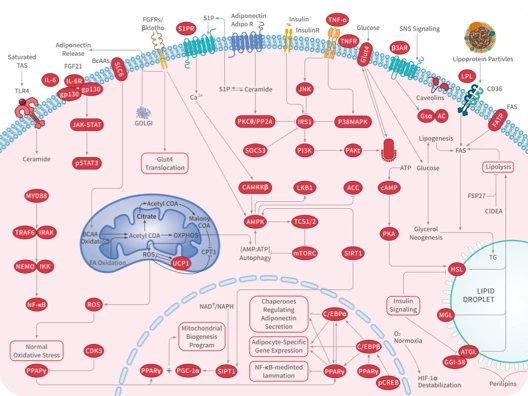
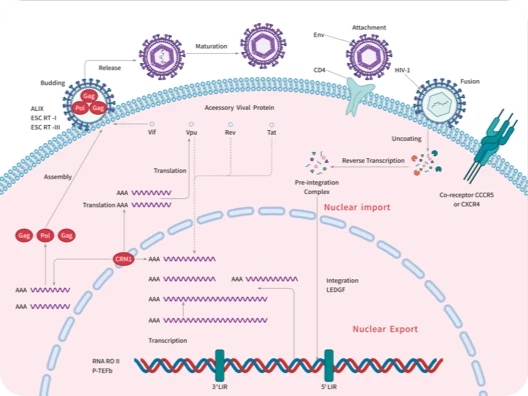

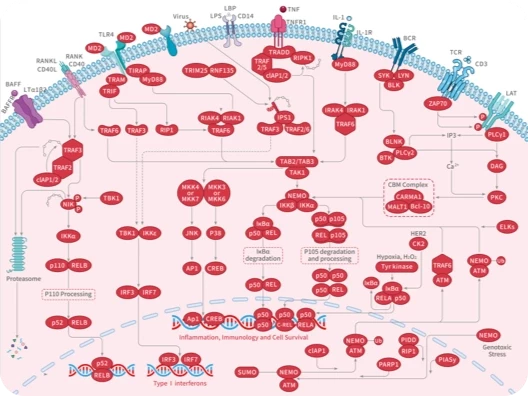
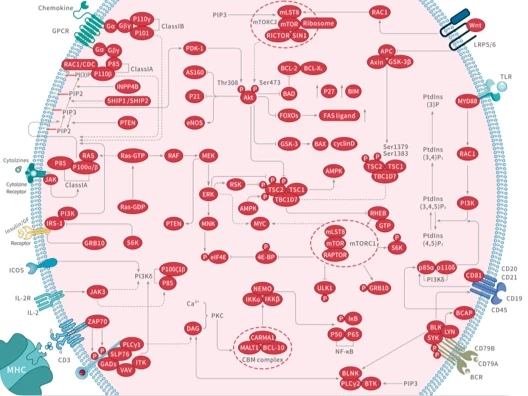
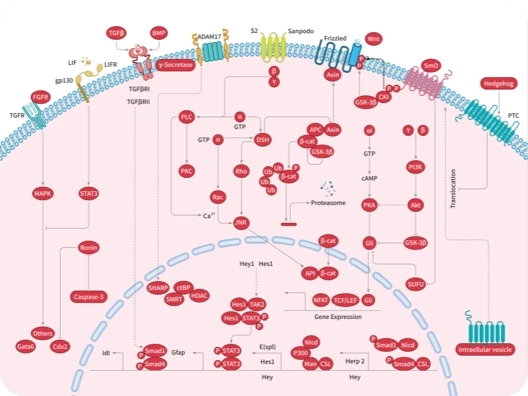
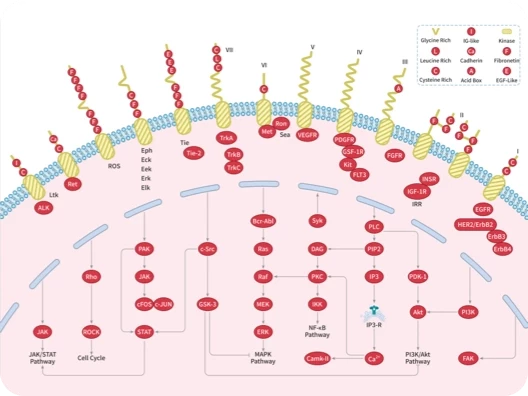
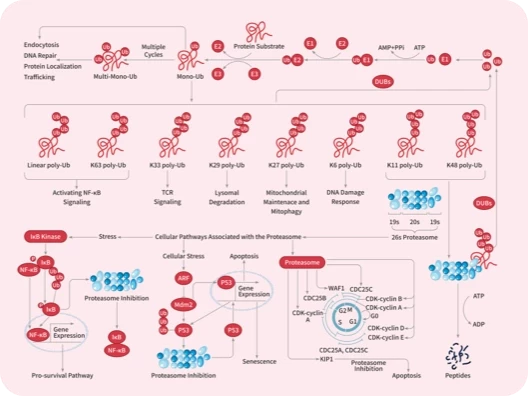


 还可以
还可以


评论内容